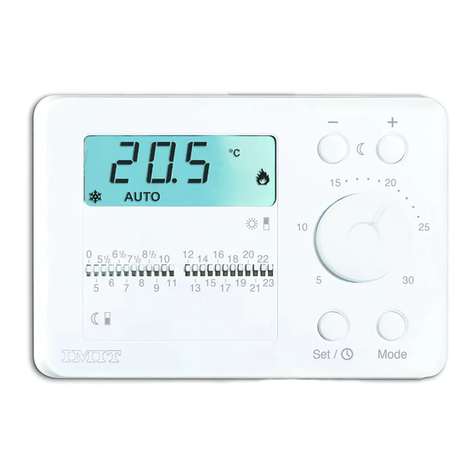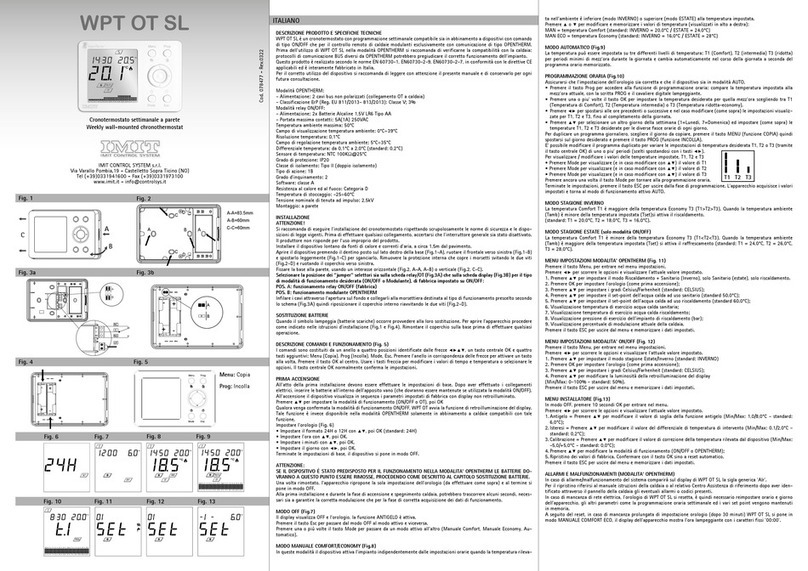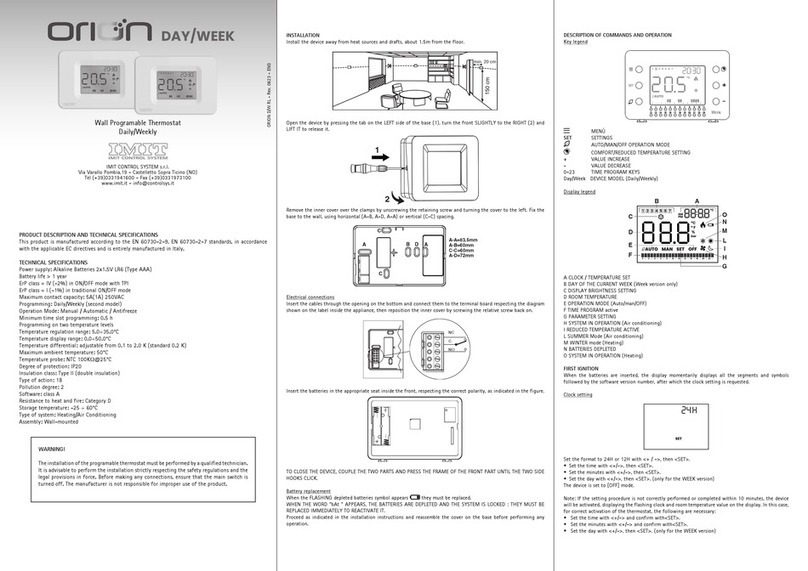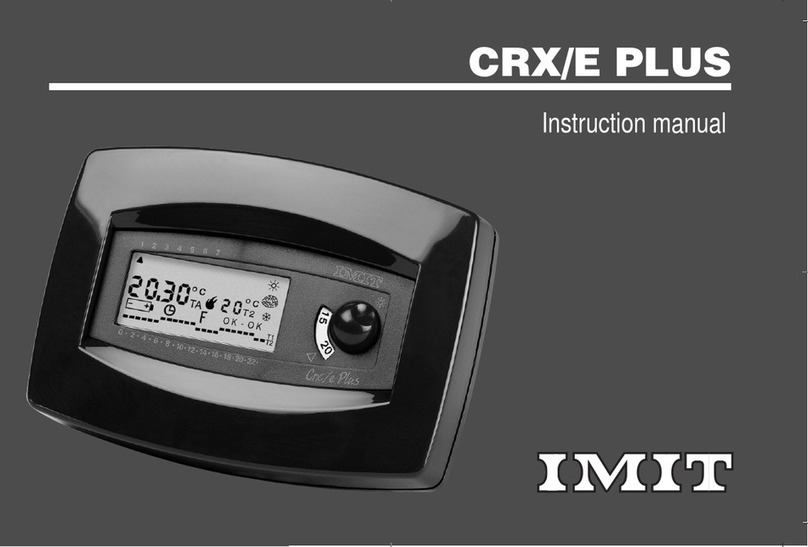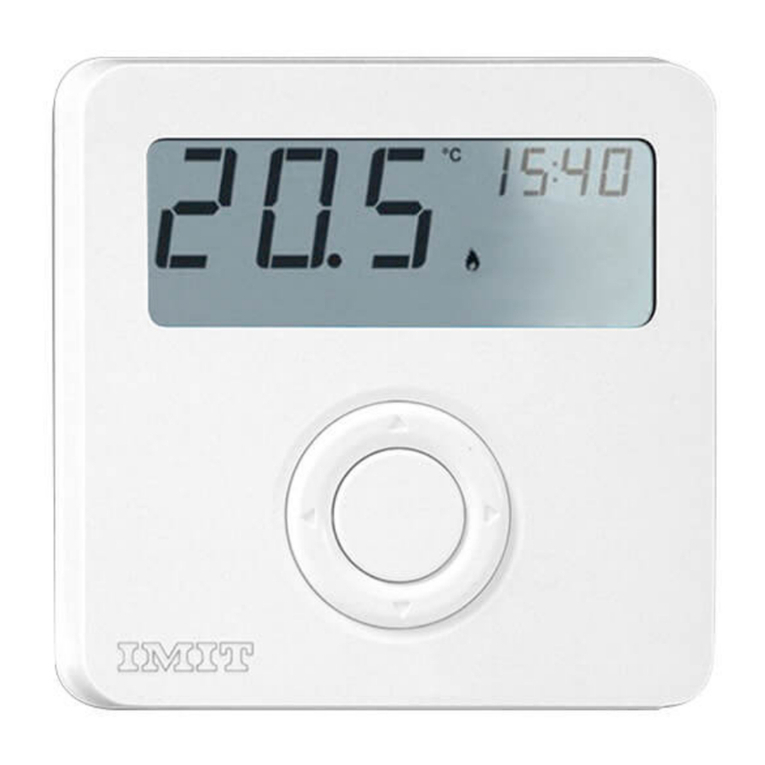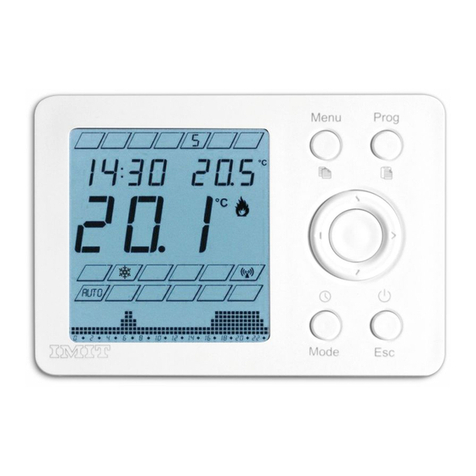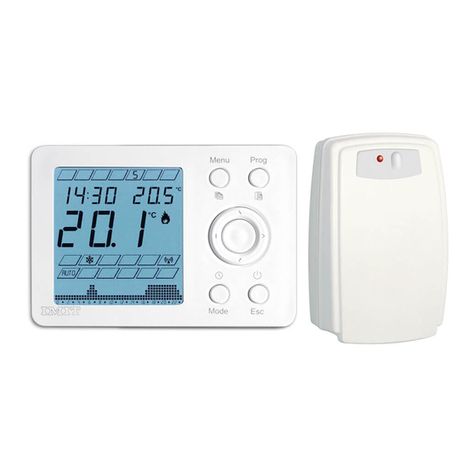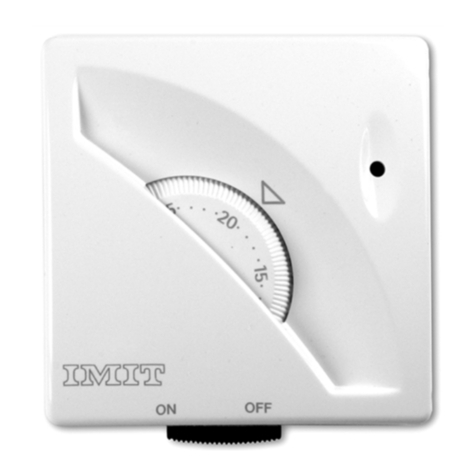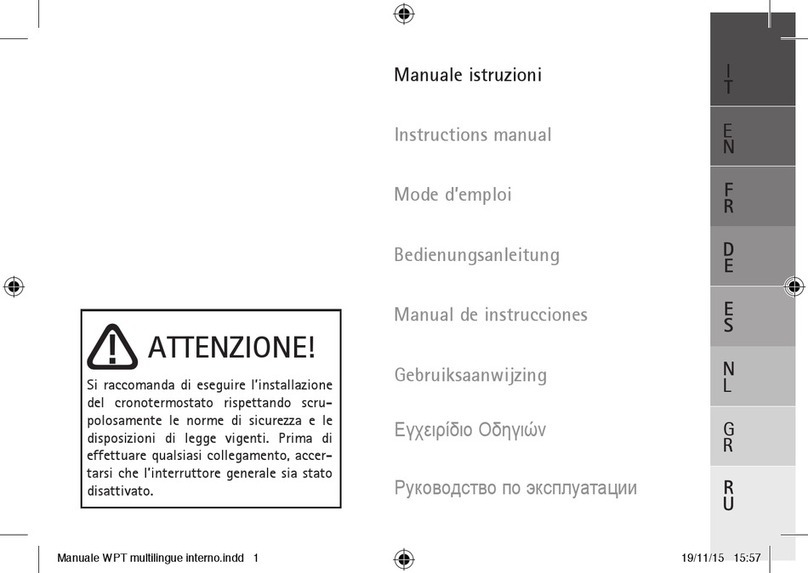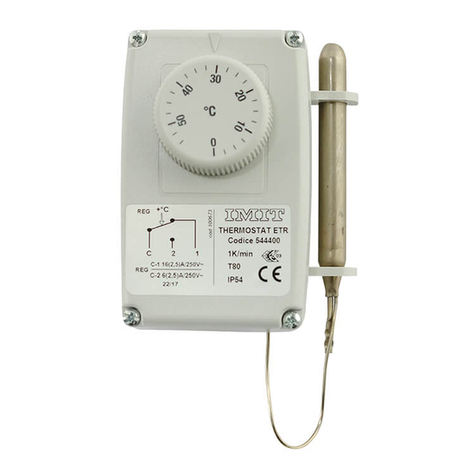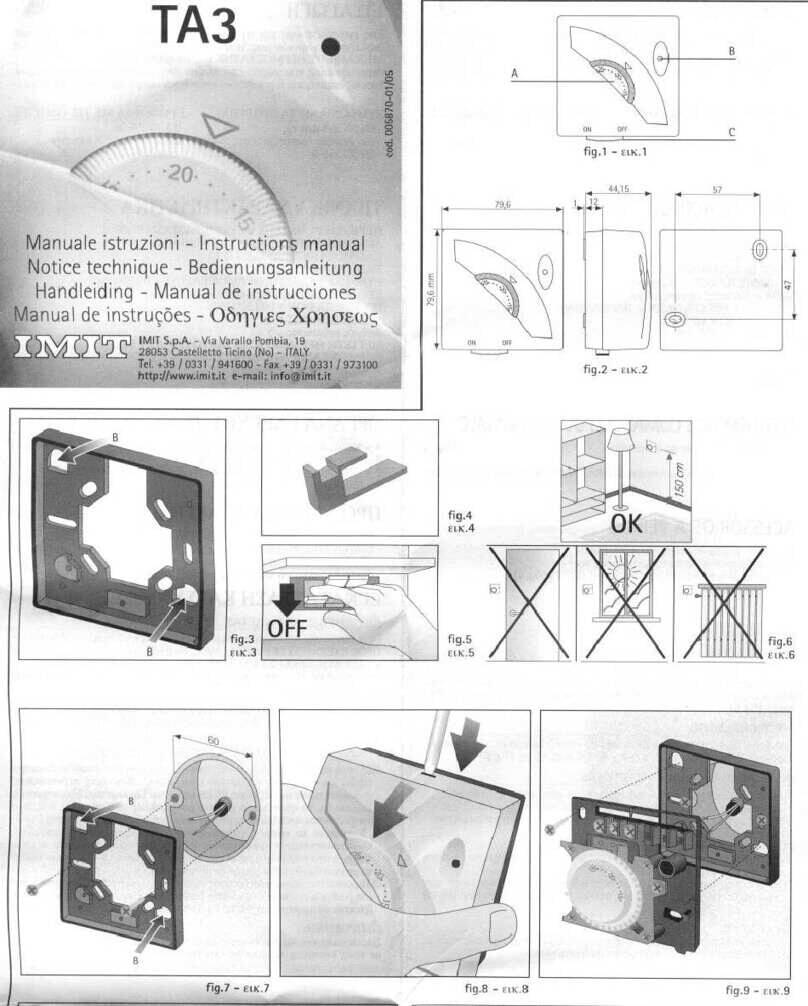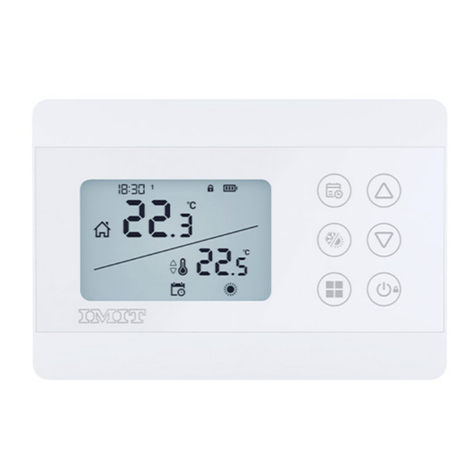Attenzione!
Gli interventi all'unità di riscaldamento/raffreddamento o all'impianto elettrico devono
essere eseguiti da professionisti qualificati.
ABBINAMENTO DEL TERMOSTATO AMBIENTE E DEL RICEVITORE
Premere la manopola di sincronizzazione del ricevitore per 2 secondi, la luce verde del
ricevitore lampeggerà.
Mentre il termostato è spento, tenere premuto la manopola "On/Off" per 3 secondi.
Premere la manopola fino alla comparsa del menu "Adr".
Ruotare la manopola del termostato ambiente a destra o a sinistra mentre il LED verde
del ricevitore lampeggerà.
Se l'accoppiamento è andato a buon fine, il LED verde lampeggiante sul ricevitore
rimarrà fisso.
Il ricevitore e il termostato ambiente sono stati abbinati tra loro.
TARATURA TEMPERATURA TERMOSTATO AMBIENTE
I sensori di temperatura utilizzati nei termostati ambiente sono molto sensibili. Potrebbe
essere necessario calibrare il termostato ambiente, se si desidera ottenere gli stessi
valori di temperatura rilevati da altri termometri presenti.
Mentre il dispositivo è spento, tenere premuto la manopola “On/Off” per 3 secondi.
Premere la manopola “On/Off” finché non viene visualizzata la scritta "CAL". Per
visualizzare la temperatura desiderata, impostare la differenza di temperatura
ruotando la manopola a destra o a sinistra. Questo valore può essere impostato tra
-8°C e +8°C.
Per salvare le impostazioni e uscire, premere la manopola “On/Off” fino allo
spegnimento del dispositivo.
Nota: la calibrazione della temperatura consigliata è 0,0°C.
TERMOSTATO AMBIENTE MODALITÀ RISCALDAMENTO/RAFFRESCAMENTO
Il tuo termostato ambiente ha modalità di riscaldamento e raffrescamento. Per
passare facilmente dalla modalità di riscaldamento a quella di raffrescamento tieni
premuto la manopola per 3 secondi, mentre il dispositivo è spento,
Premere la manopola finché non viene visualizzato il menù "FUN".
È possibile alternare tra le modalità "HEA" (riscaldamento) e "COO" (raffrescamento)
ruotando la manopola a destra o a sinistra nel menu "FUN".
Per salvare le impostazioni ed uscire, premere la manopola fino allo spegnimento del
dispositivo.
Le impostazioni effettuate sono state salvate. Una volta acceso il dispositivo, funzionerà
con le impostazioni modificate.
